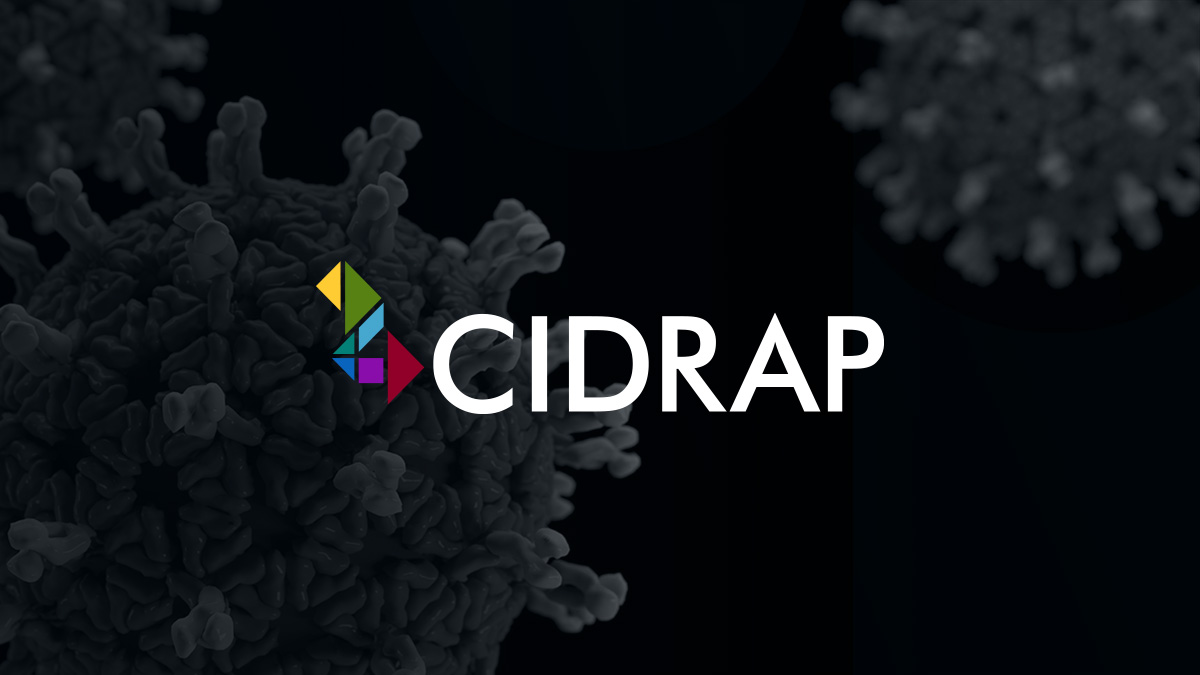French researchers report emergence of highly resistant Klebsiella strain
The strain, which is believed to have originated in Morocco, has spread rapidly in French hospitals since 2021. A study published in Eurosurveillance describes the identification and rapid growth of a highly resistant Klebsiella pneumoniae strain in France. The strain was identified through an analysis of clinical and screening specimens received by the French National Reference Center for Antibiotic Resistance (NRC) from June 2014 to June 2022. Of the 431 isolates of K pneumoniae sequence type (ST)147, which has been identified as a major public health threat due to its high level of antibiotic resistance and increased virulence, 37 were non-duplicate New Delhi metallo-beta-lactamase (NDM)-14–producers. The isolates were cultured from rectal swabs, urine samples, blood draws, respiratory tract samples, and wounds. All NDM-14–producing isolates are closely related, part of the same cluster, and associated with hospital outbreaks in which the index patient was directly repatriated from Morocco. The first NDM–producing strain appeared in the country in 2020 and has rapidly evolved since then.

Được phát hành : 2 năm trước qua trong
A study published late last week in Eurosurveillance describes the identification and rapid growth of a highly resistant Klebsiella pneumoniae strain in France.
The strain was identified from an analysis of clinical and screening specimens received by the French National Reference Center for Antibiotic Resistance (NRC) from June 2014 to June 2022. Of the 431 isolates of K pneumoniae sequence type (ST)147, which has been identified as a major public health threat owing to its high level of antibiotic resistance and increased virulence, 37 were non-duplicate New Delhi metallo-beta-lactamase (NDM)-14–producers.
The isolates were cultured from rectal swabs, urine samples, blood draws, respiratory tract samples, and wounds.
Although many other NDM variants, such as NDM-1 and NDM-5, were commonly found among the carbapenemase-producing K pneumoniae isolates over the study period, the first 6 NDM-14–producers appeared at NRC in 2021, with 31 collected in 2022.
Whole-genome sequencing revealed that all the NDM-14–producing isolates were closely related, part of the same cluster, and were associated with several hospital outbreaks in which the index patient was directly repatriated from Morocco, particularly the Casablanca region. Bayesian analysis estimated that the first NDM-14–producing K pneumoniae strain appeared in the country in 2020 and has rapidly evolved since then, with NDM-14 accounting for 41.3% of carbapenemases in K pneumoniae ST147 isolated collected by NRC in 2022.
Antimicrobial susceptibility testing showed that all NDM-14–producing isolates were highly resistant to all antimicrobials tested except colistin, cefiderocol, and the combination of aztreonam/avibactam, and 37 of 39 isolates possessed a high virulence score.
"Highly resistant NDM-14 producing K. pneumoniae can rapidly spread in healthcare settings," the study authors wrote. "Surveillance and thorough investigations of hospital outbreaks are critical to evaluate and limit the dissemination of this clone."
Chủ đề: Emergence
